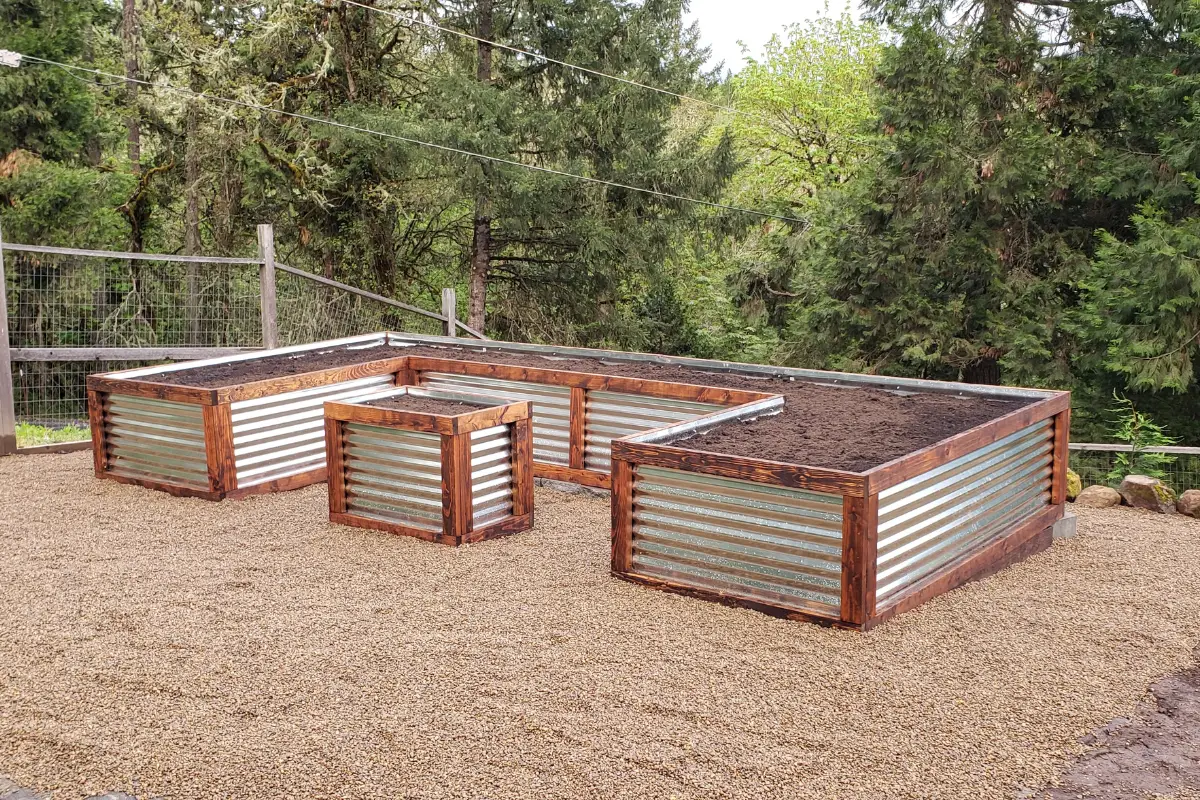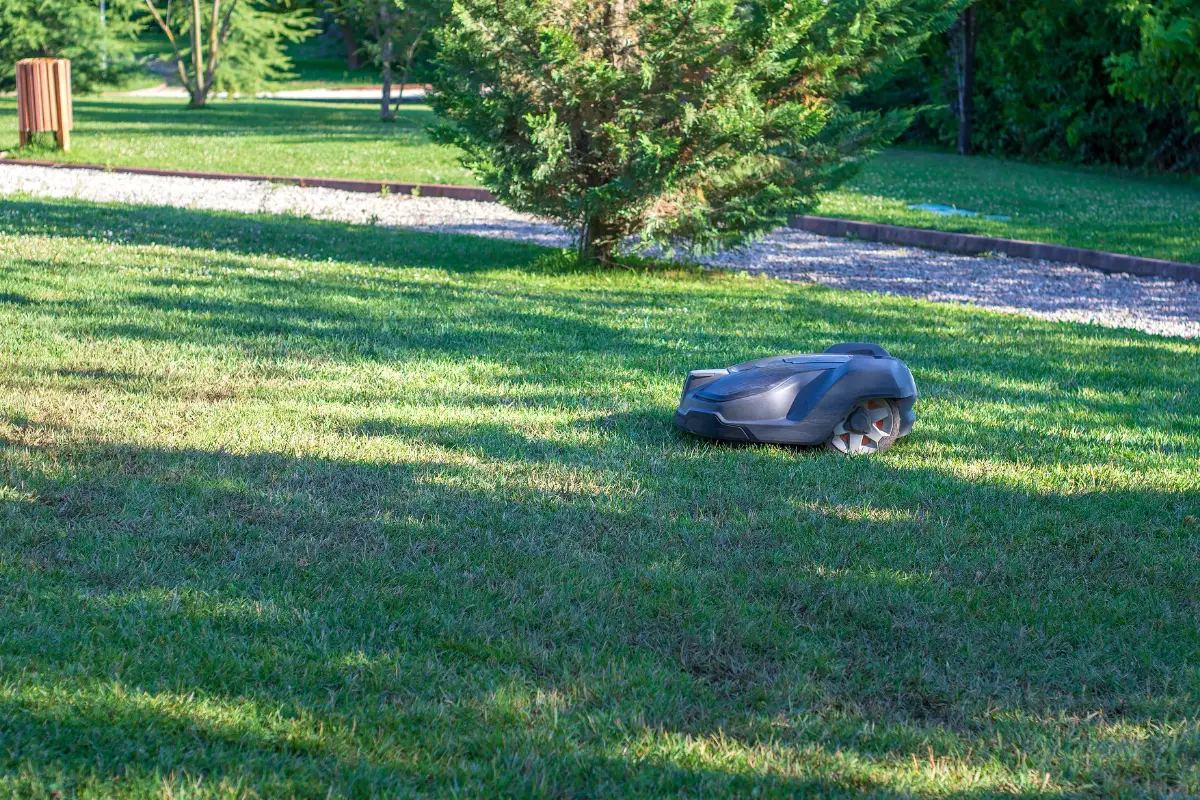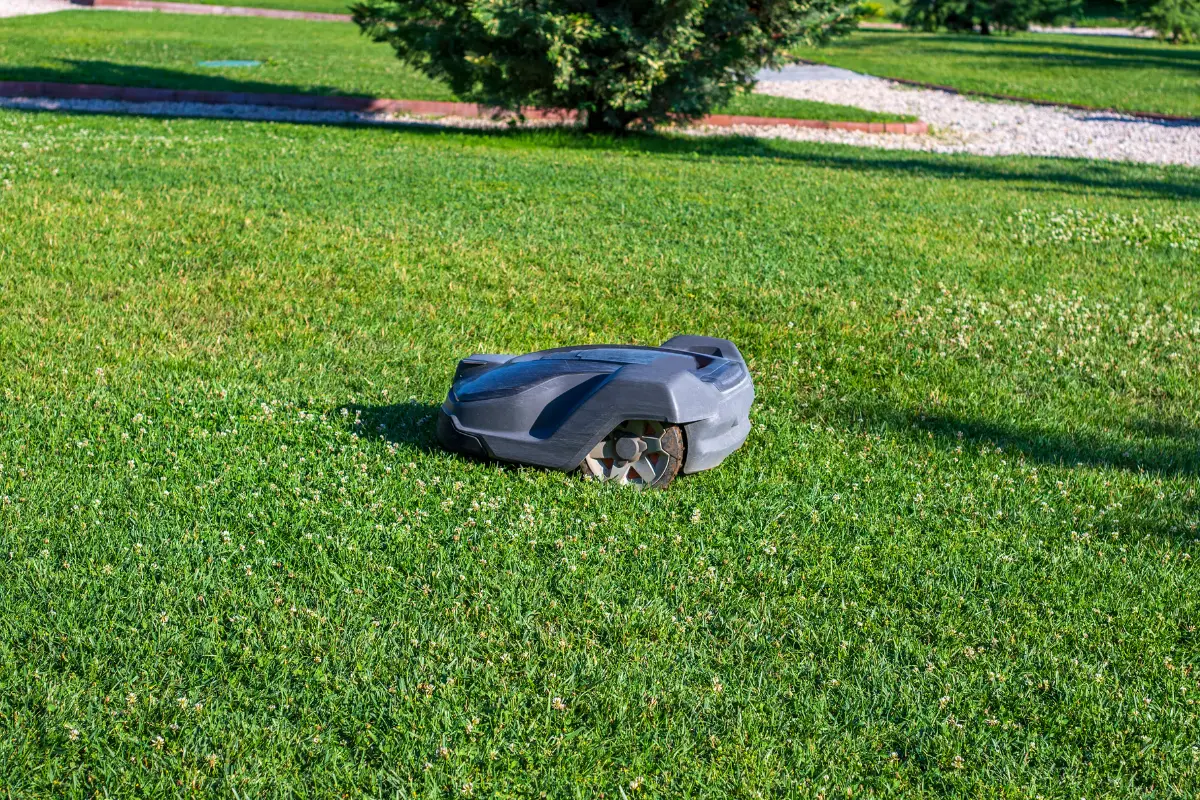Plastic is a more cost-effective option than wood or metal when it comes to lawn edging. Plastic won’t last as long, but it doesn’t need much maintenance as wood does. Metal will last a lifetime, so it depends on what you want.
Every lawn edging material comes with its benefits and downsides. You’ll want to consider these factors so that you can make a decision that works for your yard.
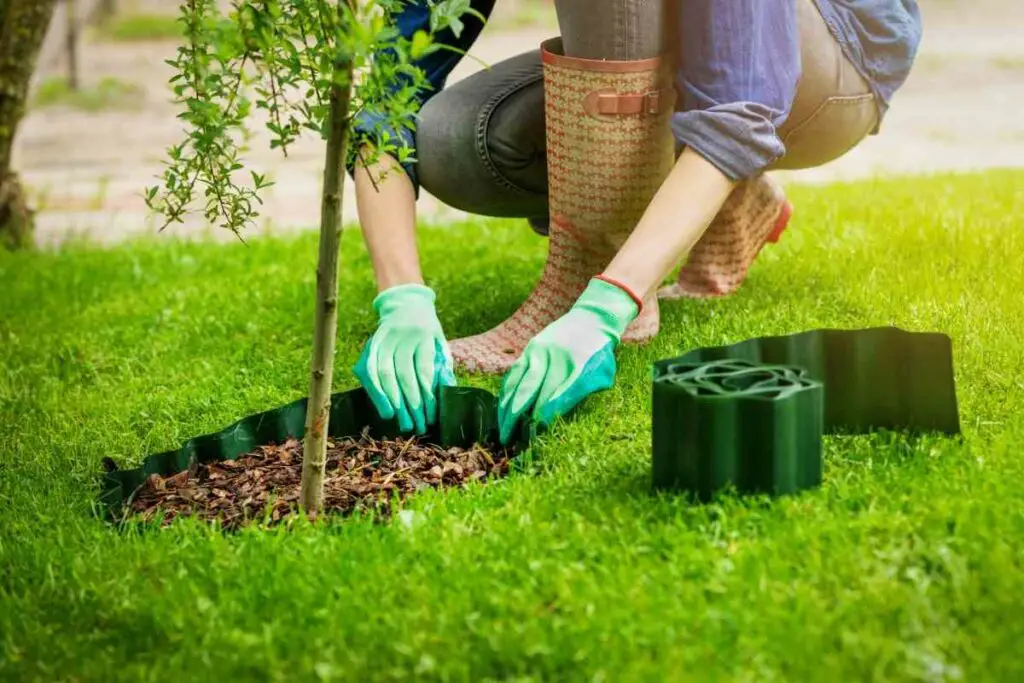
Table of Contents
Is Plastic Lawn Edging Better Than Wood?
Plastic edging is the more common choice because it doesn’t cost much and is easy to set up. Plastic won’t last as long as some other materials. However, it can last longer than wood, making it the better choice between the two.
Wood requires a lot more maintenance to keep it looking nice. You’ll need to paint and waterproof it every so often. If you don’t, the wood can start rotting quickly.
Plastic is more waterproof than wood, although some people still prefer how the wood looks. It comes with a classic design that looks great in every garden.
Overall, if you’re trying to choose between wood and plastic lawn edging, plastic is likely the better option for you. It’ll last longer and cost way less than using wood.
However, you can still use wood if you like its style more.
Is Plastic Lawn Edging Better Than Metal?
While plastic lawn edging is the better choice when compared to wood, that’s not the case with metal. Many professionals recommend metal edging for a few main reasons.
Metal bends easily, so you can shape it to form around your lawn. You can also find metal in plenty of color choices, making it easy to choose one that matches your property.
Metal also lasts a lifetime. You won’t need to replace it like you would with plastic or wood.
Most metal lawn edging comes in aluminum or galvanized steel. Galvanized steel is the best type of metal for lawn edging! It’s steel coated in zinc, which protects the metal from rust.
Since your edging will be outside 100% of the time, you need as much waterproofing as you can get. Galvanized steel can resist corrosion from humidity, rain, snow, and more.
Overall, plastic edging isn’t better than metal. Plastic can wear out and fade over time, requiring a replacement. Metal, especially galvanized steel, will last significantly longer than plastic.
What are the Benefits of Plastic Lawn Edging?
Plastic lawn edging makes your yard look neat without costing a lot of money. It provides a barrier between your garden bed and weed roots looking to invade the soil there.
Plus, the edging can act as a barrier to hold in soil and mulch. However, all the edging materials can do this. What are the unique benefits of using plastic lawn edging?
These benefits include:
- It comes in decorative styles and infinite colors
- Won’t destroy your plants
- Very easy to install
- More affordable than wood or metal
- You can get more for your budget, making it best for large yard
Prices pulled from the Amazon Product Advertising API on:
Product prices and availability are accurate as of the date/time indicated and are subject to change. Any price and availability information displayed on [relevant Amazon Site(s), as applicable] at the time of purchase will apply to the purchase of this product.
What are the Downsides of Plastic Lawn Edging?
However, there are also some downsides you’ll need to consider before buying any edging material. These include:
- Weaker than other edging materials
- Needs replaced more frequently
- It won’t work well in hard soil
- Can fade or become brittle from sunlight
Since it’s so cheap, these downsides don’t matter as much. It’s easy to replace plastic edging when you need to. Although, if you want a long-term solution for your garden, plastic isn’t the best choice.
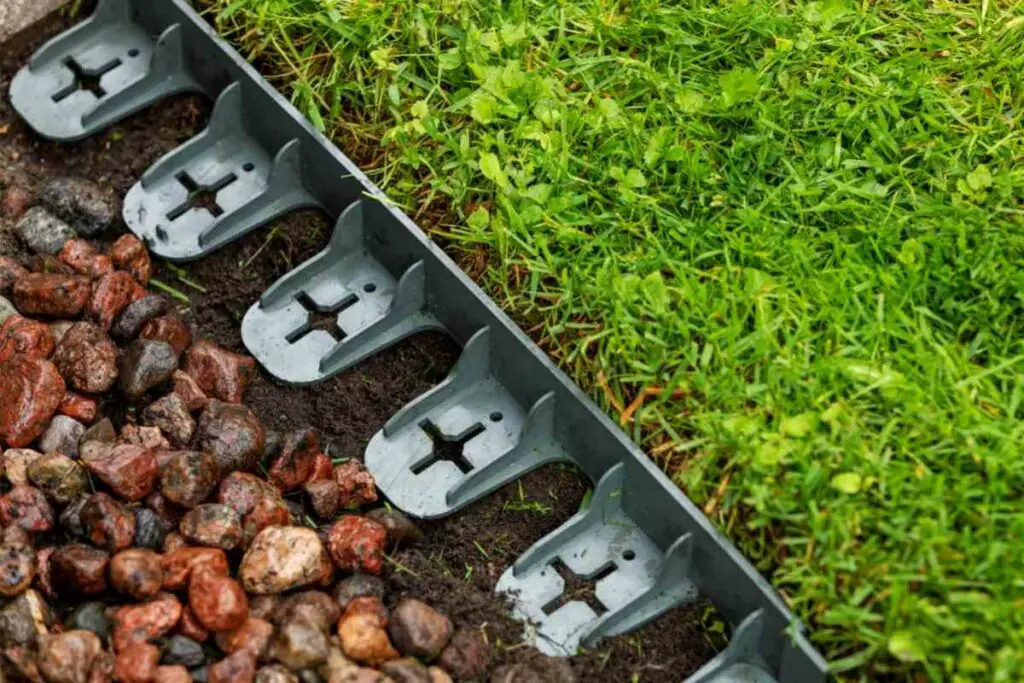
What are the Benefits of Wood and Metal Edging?
If you don’t think plastic edging will work for you, you can choose between wood and metal options. However, these materials also come with their pros and cons.
These are the benefits you receive with wood edging:
- Creates a beautiful, natural-looking border
- It comes in many different styles and colors
And these are the benefits of using metal edging on your lawn include:
- Stronger and longer-lasting than plastic and wood
- Very flexible and easy to shape
- Simple to install
- More waterproof than wood
Overall, both of these materials serve the same functions as plastic edging. Most people agree that they look nicer than plastic, although you’ll have to pay a lot more for them!
What are the Downsides of Wood and Metal Edging?
However, there are some downsides to these materials that you’ll also need to be aware of. These are the negatives to using wood as an edging material:
- Can rot if not waterproofed correctly
- Requires maintenance to avoid rotting
- More expensive than plastic edging but still cheaper than metal)
These are the downsides that come with metal edging:
- Not cost-efficient
- Some types of metal can rust or flake
Despite that, metal is still the best material for many to use. It’s long-lasting and a great solution for separating your garden from the rest of your lawn.
Many professionals recommend it because it’s a lot easier to take care of when compared to wood and plastic.
That said, it’s still the most expensive option out of the three. Due to the cost, it may not be suitable for those who need to use more edging on their property.
How Do I Choose a Lawn Edging Material?
You’ll want to start by considering your budget. How much are you willing to spend on buying and installing the edging? You can save by doing this as a DIY project.
If you need a lot of material but don’t have a lot to spend on, plastic will benefit you the most. On the other hand, if you have extra money to work on landscaping, choose metal edging.
Wood edging falls between the two price-wise, but most people who use wood like it for its natural appearance. Depending on the type of edging wood you use, you can find more cost-efficient options.
Next, think about the soil surrounding your home. Plastic only works with soft ground that’s easy to dig up. If you have harder soil in your area, wood or metal would be strong enough to support it.
- How to Build a Planter Box for Bamboo: A Step-by-Step Guide

- Can Robotic Lawnmowers Handle Steep Slopes?

- Do You Need a Specific Lawn for a Robotic Lawnmower? Expert Advice

- Are Robotic Lawnmowers Safe for Pets and Children? Safety Features of Robotic Lawnmowers

- Why Use Robotic Lawnmowers? Advantages of Using a Robotic Lawnmower

- Is the GARDENA SILENO City 300 Cordless or Corded? A Clear Answer













